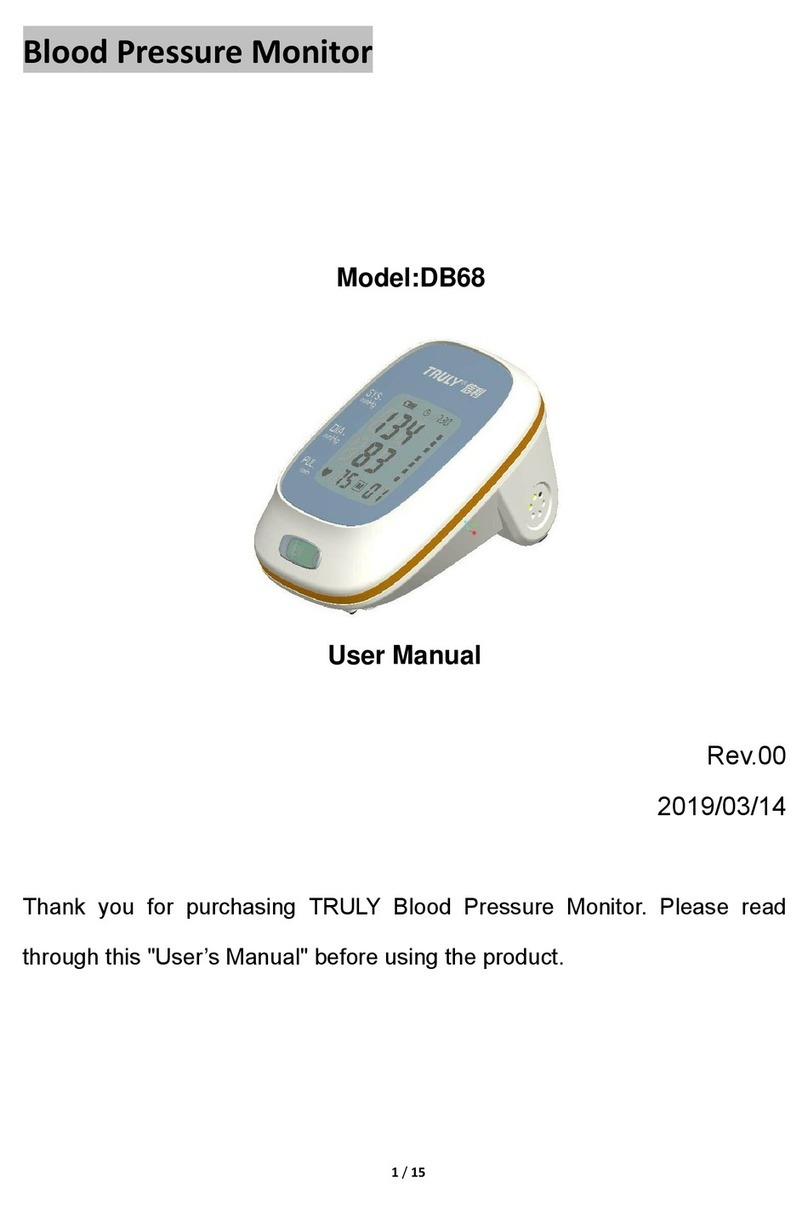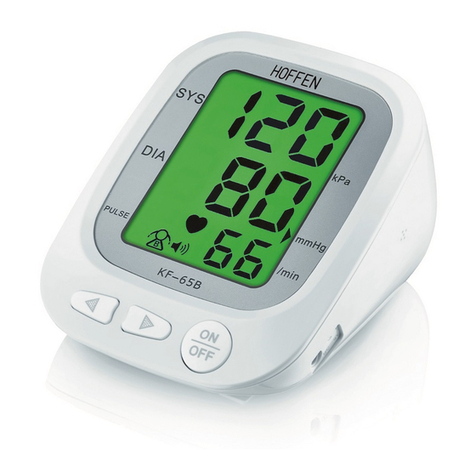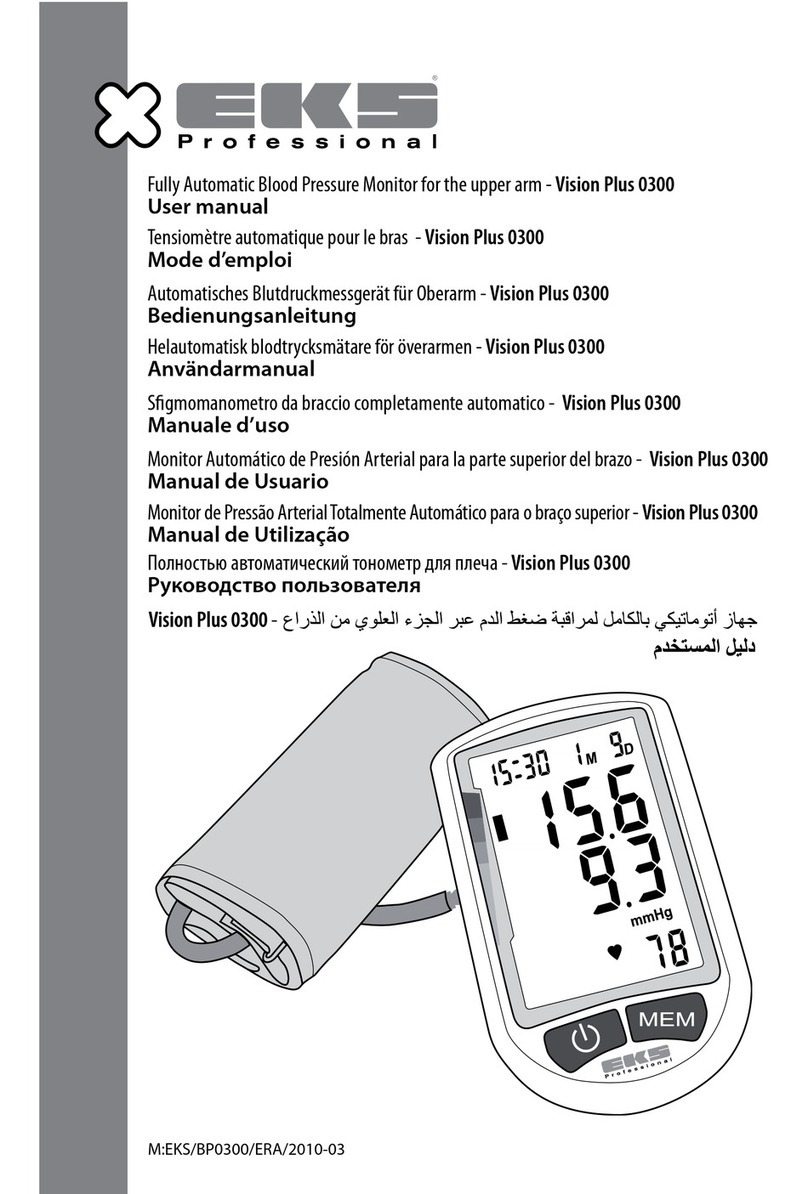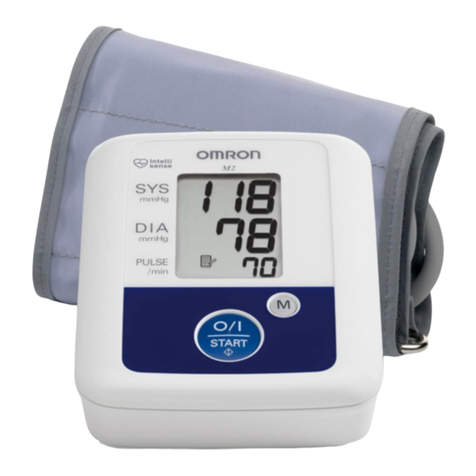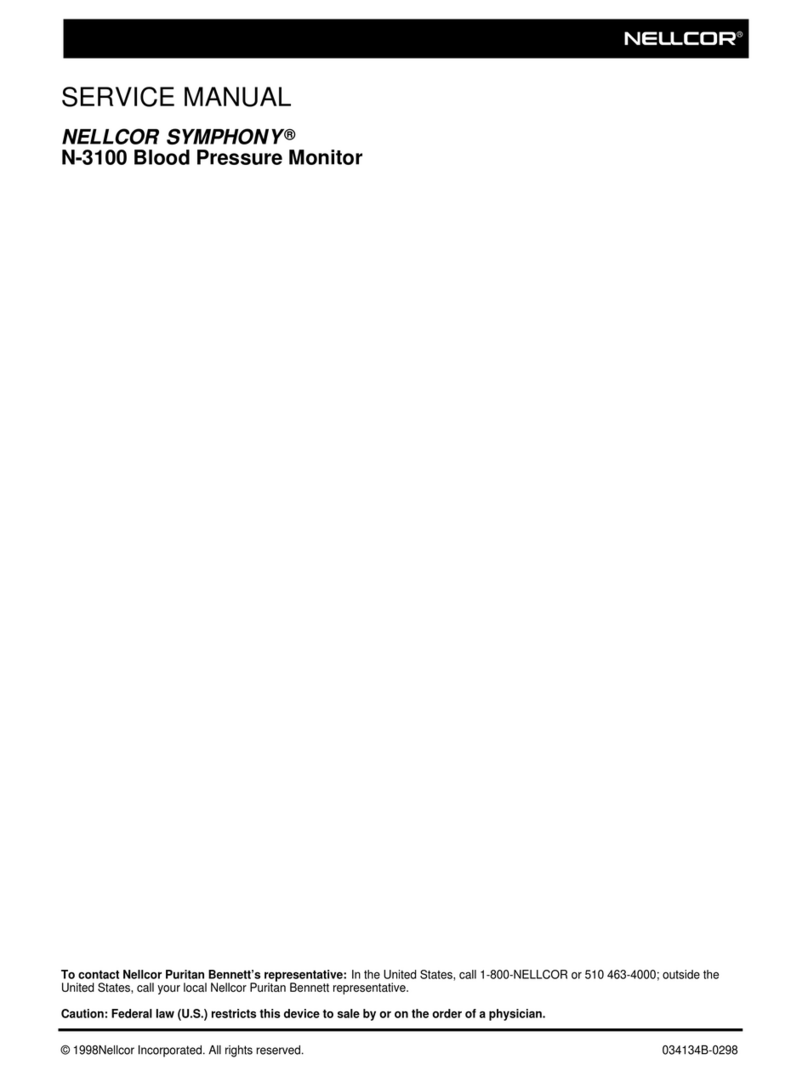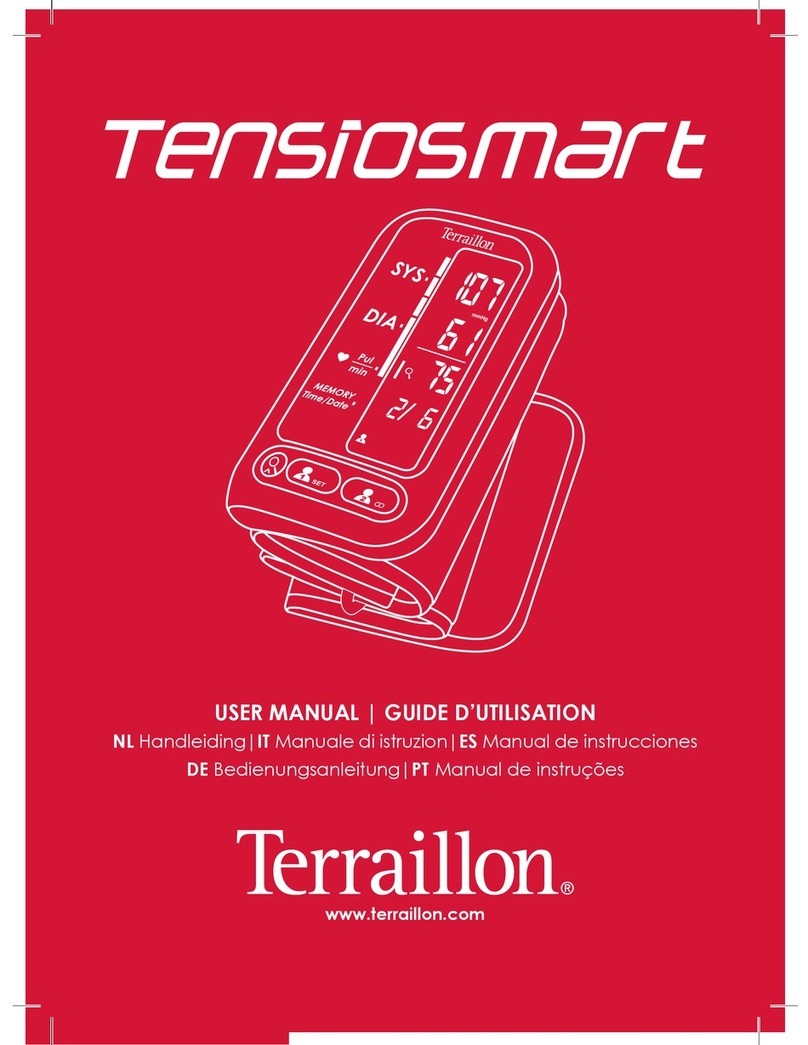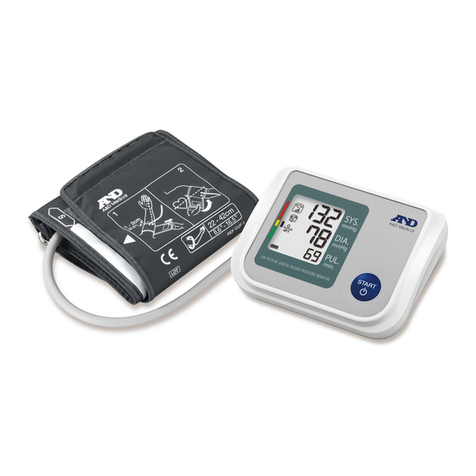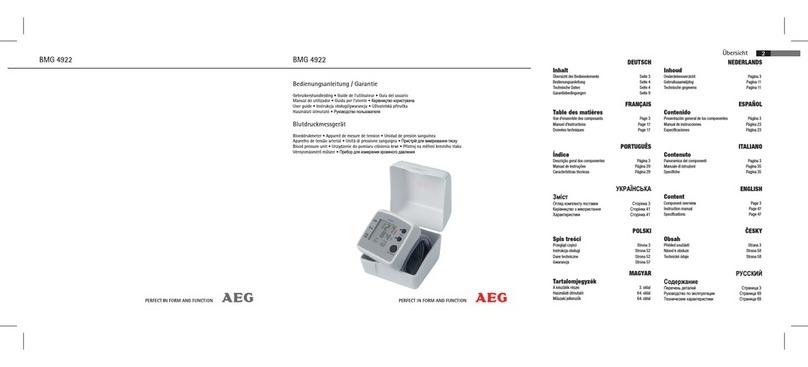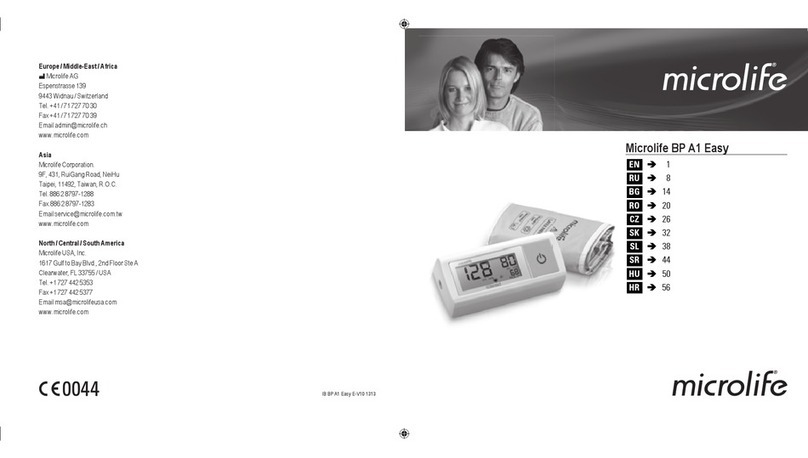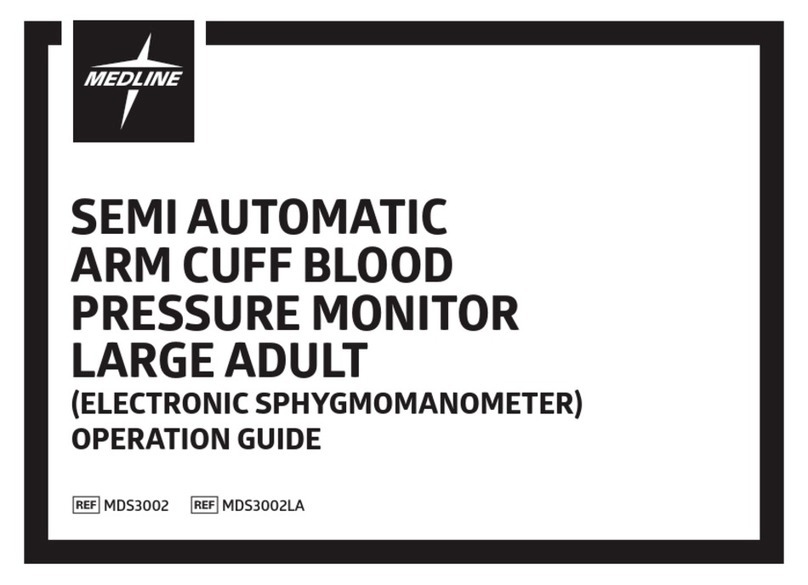iv
Changing Awake/Asleep Times ...........................41
Setting BP Threshold Limits..................................42
Setting Pediatric Threshold Limits .........................43
Defining Time-Slice Periods.................................44
Editing Patient Info and Physician Info ..................46
Viewing Dose Response Statistics.........................50
Viewing Time-Slice Statistics ................................51
Viewing Hourly Averages ....................................51
Viewing the Interpretive Report Summary..............52
Comparing Two Studies ......................................53
10. Creating Reports...............................................54
Configuring and Customizing the Report..............54
Previewing the Report .........................................57
Printing the Report..............................................57
Saving the Report as a PDF.................................57
11. Overview of AccuWin Pro™ 4 Report Symbols....58
12. Managing Patient Studies..................................59
Opening a Patient Study .....................................59
Exporting a Patient Study.....................................59
Emailing a Patient Study......................................60
Deleting a Patient Record....................................60
Importing Patient Record.....................................61
Grouping Patient Records ...................................61
13. Customizing and Configuring AccuWin Pro™ 4..63
Hardware Settings..............................................64
Data Settings .....................................................65
Display Settings..................................................66
Diary Comment Settings .....................................67
Email Settings ....................................................68
Report Settings...................................................69
Export Settings ...................................................69
14. Overview of Event Codes ..................................70
Event Code Definitions .......................................70
15. Administrative Tools..........................................72
Specifying Login Options ....................................73
Adding User Accounts ........................................73
Changing User Level ..........................................74
Deleting User Accounts.......................................74
Resetting User Passwords ....................................75
16. Maintaining and Cleaning the Oscar 2..............76
Cleaning after Use .............................................77
Maintenance and Repairs after Use .....................77
Calibration Verification Procedure........................78
17. Limited Warranty ..............................................79
18. Technical Assistance..........................................80
19. Radio Frequency Compliance Requirements ......81
20. Electronic Compatibility System Requirements ...82
21. Product Disposal...............................................85
Device ..............................................................85
Battery Disposal .................................................85
Cuff ..................................................................85
22. References........................................................86












